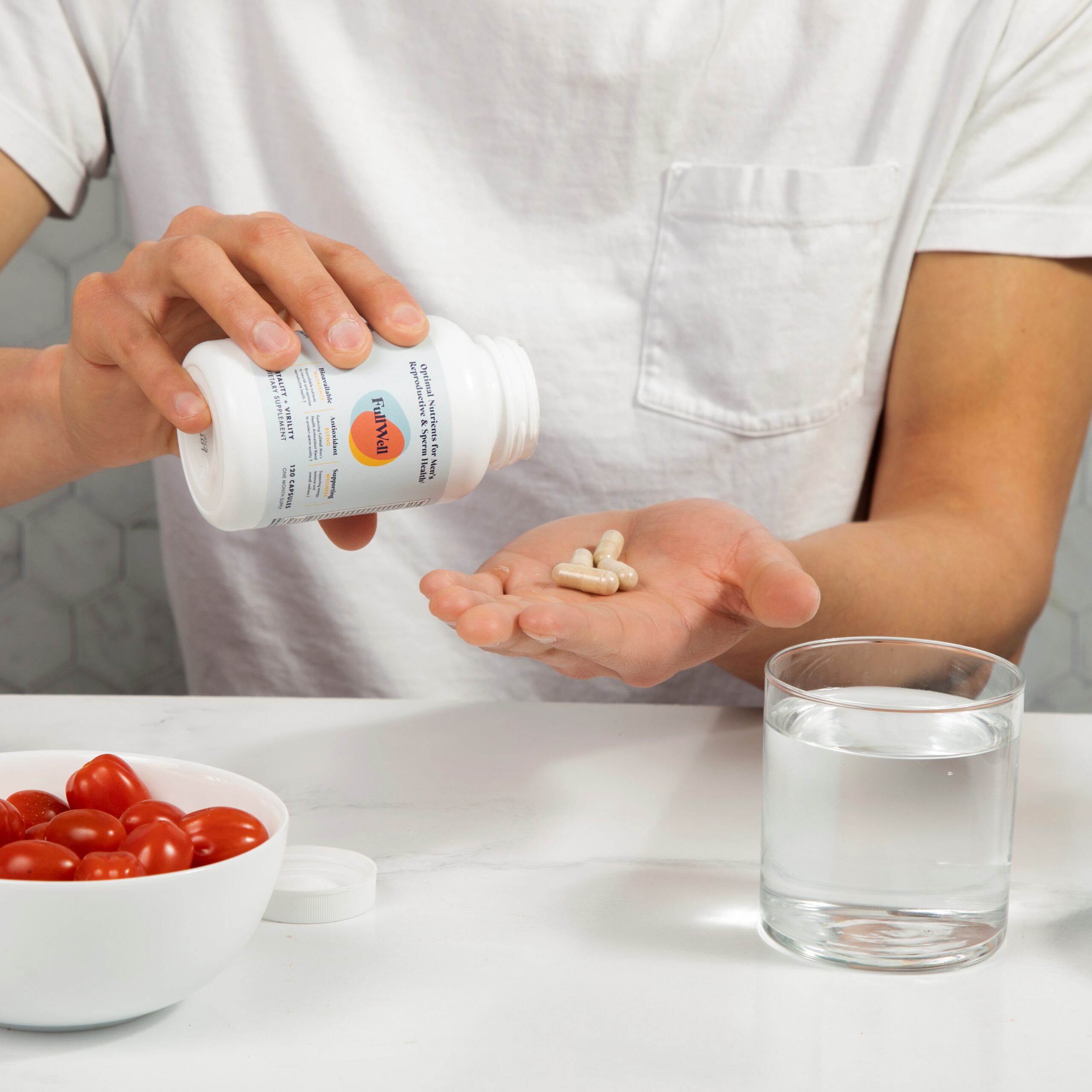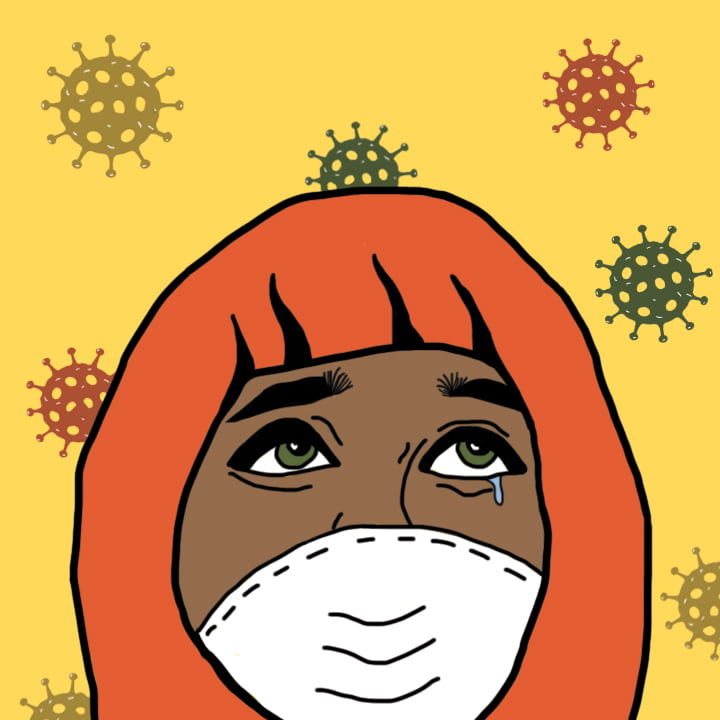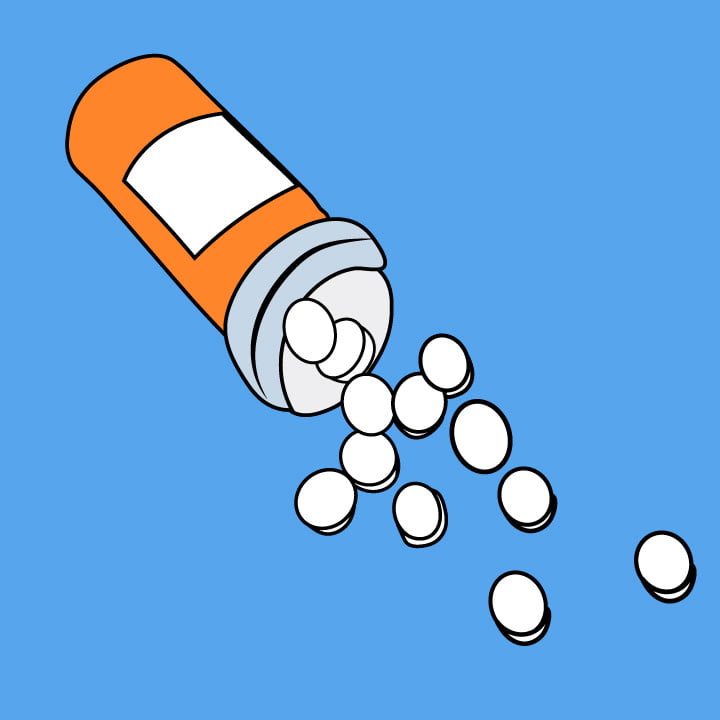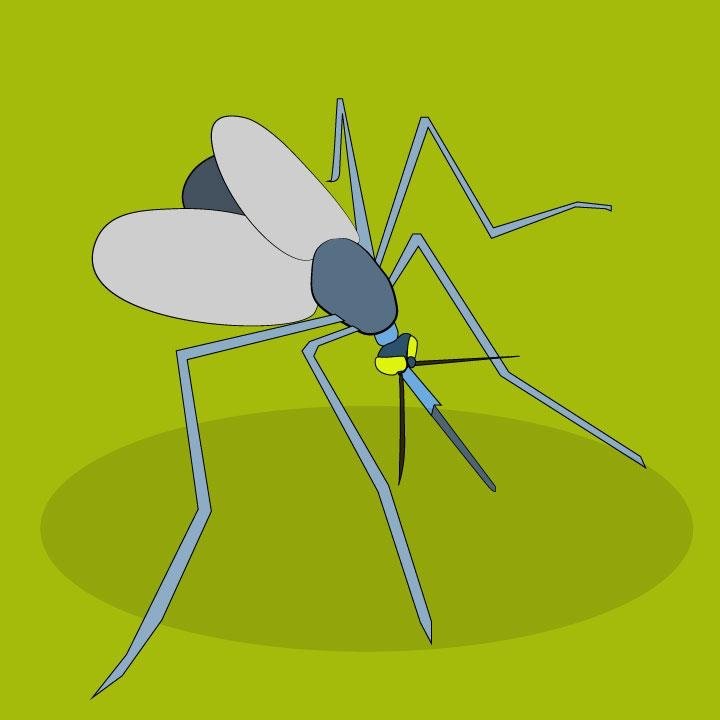Dr. Ayla Barmmer discusses the importance of male fertility via 360 Magazine.


Dr. Ayla Barmmer discusses the importance of male fertility via 360 Magazine.

1st Amendment Brewery hosts the official SF Beer Week 2022 Kick Off Party (East Bay) at its San Leandro brewery with 29 East Bay craft breweries pouring their latest releases this Friday, February 11, 2022. One of the biggest nights in California craft beer, the Bay Area Brewers Guild teams up with 21st Amendment and […]

Families Against Fentanyl announced it had surpassed 25,000 signers of its petition asking the United States government to declare illicit fentanyl a Weapon of Mass Destruction (WMD). They join a who’s who of bipartisan leaders who are calling for the WMD designation. The milestone was achieved in the aftermath of CDC data released in 2021 […]

An international team of scientists has created a powerful new resource to speed the development of vaccines and treatments to battle the next pandemic. University of Virginia School of Medicine researcher Wladek Minor, PhD, and collaborators in China and Poland have developed an Internet information system, called virusMED, that lays out all we know about […]

In a letter addressed to Rochelle P. Walensky, the Director Centers for Disease Control and Prevention, the American Health Care Association and National Center for Assisted Living (AHCA/NCAL) is requesting further guidance, data-sharing, and urgency into researching the effectiveness of the COVID-19 vaccination, especially in regard to the elderly population. The AHCA/NCAL, represents more than […]

By: Emily Bunn A breaking news article featured in The New York Times announced that the United States will be imposing a mandatory requirement for negative COVID-19 test results from all incoming, international travelers. The requirement for proof of a negative test in order to fly will begin Tuesday, January 25th. The CDC has ordered […]

By Hannah DiPilato With the holiday season quickly approaching, Covid cases are skyrocketing all over the country and officials are advising people to social distance this holiday season. According to CNN, more than 12 million people in the United States have been infected with the coronavirus and over 260,000 people have died. With those that are […]

This holiday season is going to be one of the more unusual ones. Between a pandemic and a polarizing political year, the family get-together is going to look a little different. What do you need to know to make it go as smoothly as possible? Sharon Schweitzer, an international etiquette expert, cross-cultural trainer, author and […]

By: Elle Grant The opioid epidemic is one of the great public health crises facing the United States today. Over the past two decades, the crisis has ebbed and flowed in different moments, but overall deaths, especially amongst younger people, have increased at an alarming rate. One of the most distinct drugs at the root […]

By Dr. Craig Stoops For many people, mosquitoes are a part of life in the summer. Their presence is annoying and can even threaten the health of people and pets. Fortunately, there are ways people can protect themselves against mosquito bites. Three effective ways to control mosquitoes around a house and limit exposure to […]